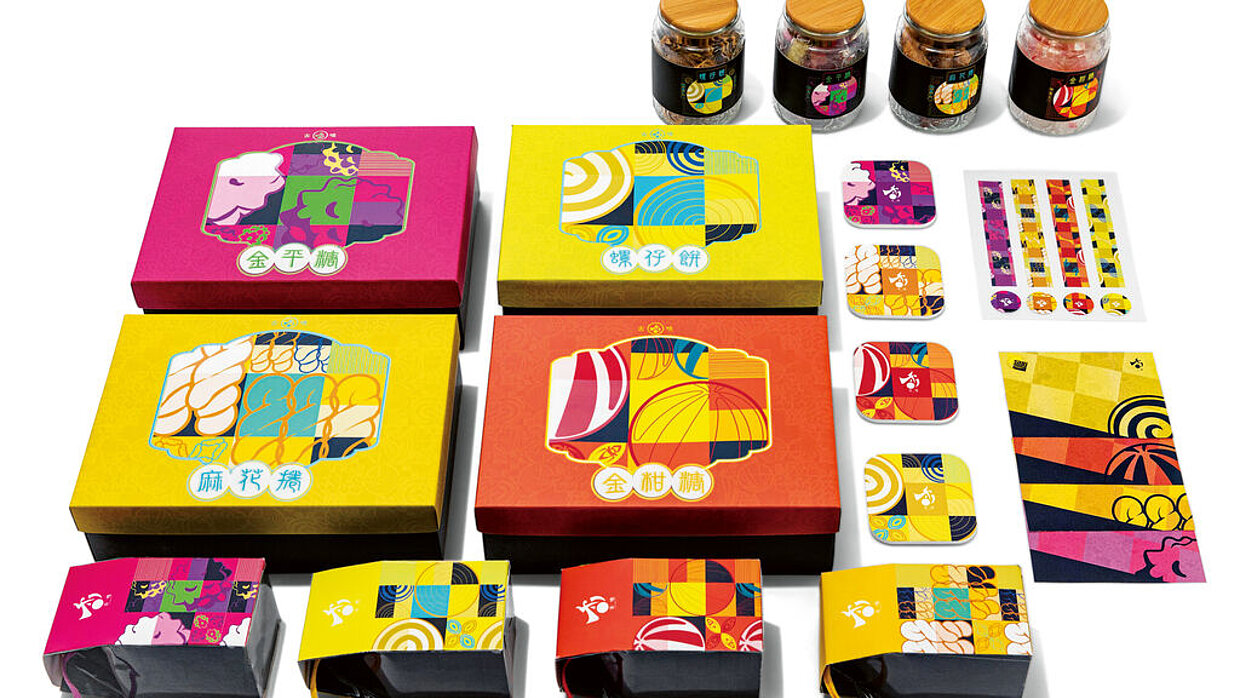
University: Chihlee University of Technology, New Taipei City, Taiwan

评审团评语
“It is much more than a great poster design.“For centuries and decades, students or conference participants have been staring at a blackboard or beamer presentation (the furthest it has progressed) while they have to obtain information more or less passively. That is quite far away from what – or let’s say how – it is common to interact with information nowadays. A touchscreen is nothing new, almost all of us carry one in our pocket (smartphone) or in our bag (iPad) and have one on the desk (laptop); and having a full-blown blackboard size touchpad is obviously an easy thing to achieve these days. Even museums and exhibitions are using them, so why not establish them in universities, at conventions or conferences, where highly sophisticated information has to get across to the audiences and different target groups. In this project, very complex information was transformed and interpreted not in ten but in only one poster, which essentially is a big touchscreen. The highly elaborated concept is following a clear design line, using excellent interactive 3D graphics and a perfectly suitable typography. The highly aesthetic approach makes the viewer literally want to get deeper and deeper into the subject matter. Even though comparable 3D designs and “communicating” projects have been around for more than two decades, outstanding interactive designs are still rarely to be found, especially in the field of science. Here, we witness a new way of how presentations and knowledge transfer can be made interesting and exciting through design and technology. In this project, hypermedia is being used as a consequently innovative, didactic tool. The achievement behind this winning project is much more than a great poster design. Its potential is as huge as the future of presenting scientific education. We are extremely delighted that this piece of interactive work has received the highest honour for a student work within the Red Dot Award: Communication Design – the Red Dot: Junior Prize – endowed with 10,000 euros.
